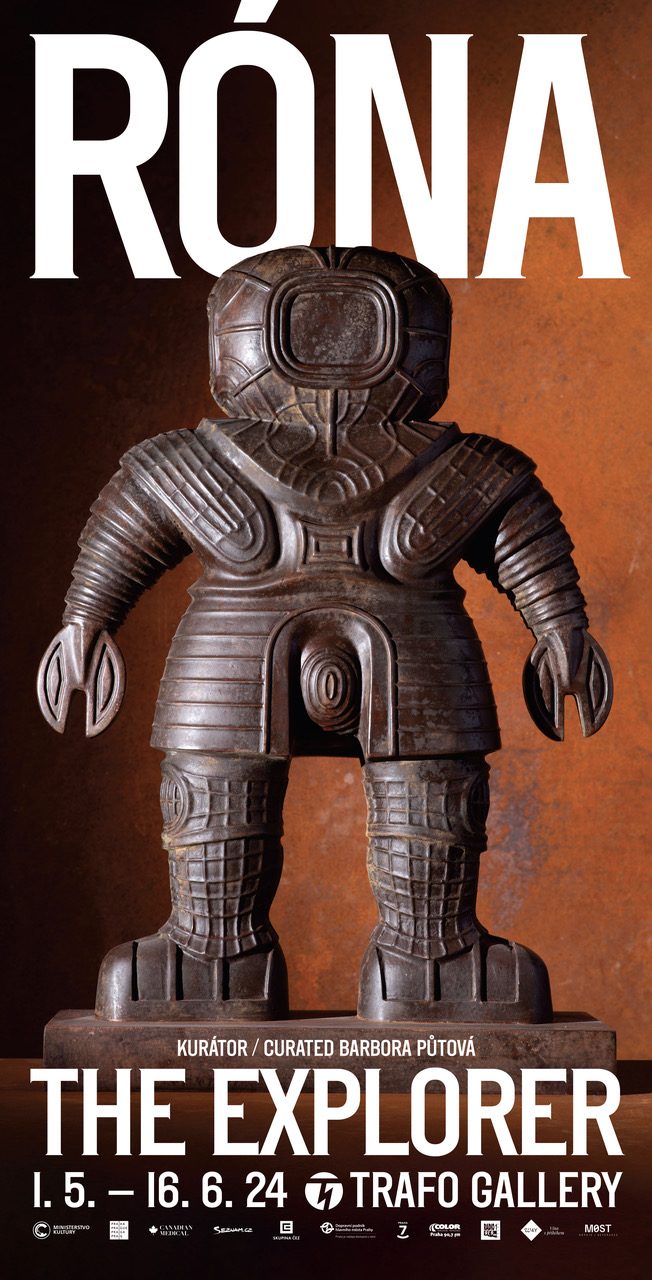Jaroslav Róna
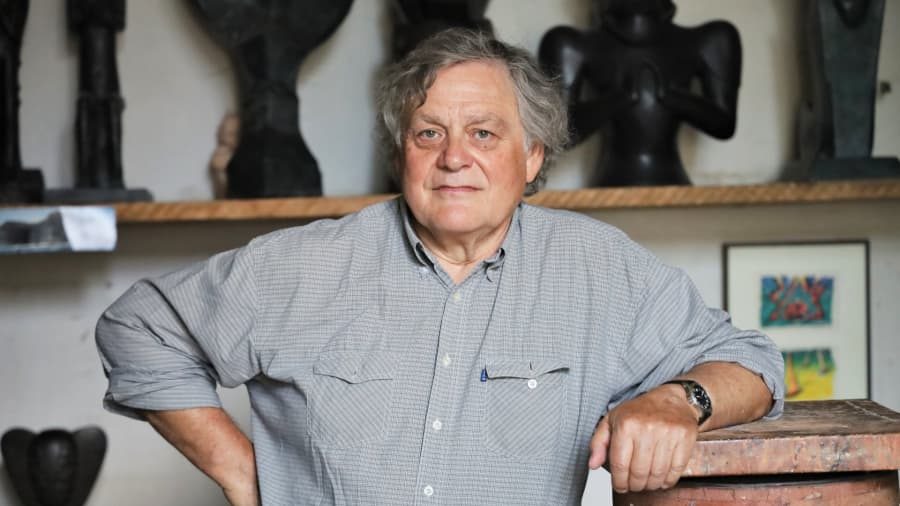
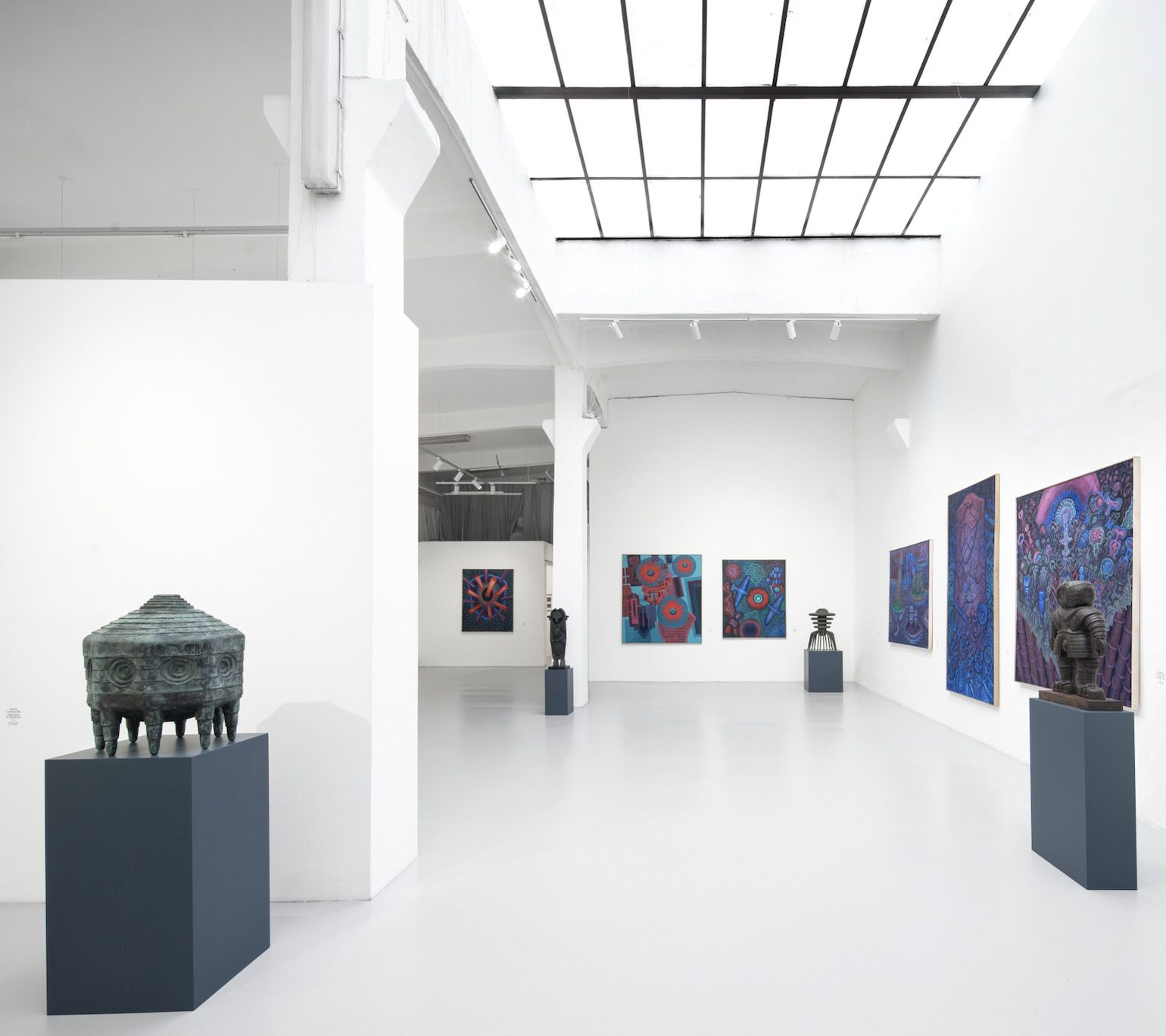
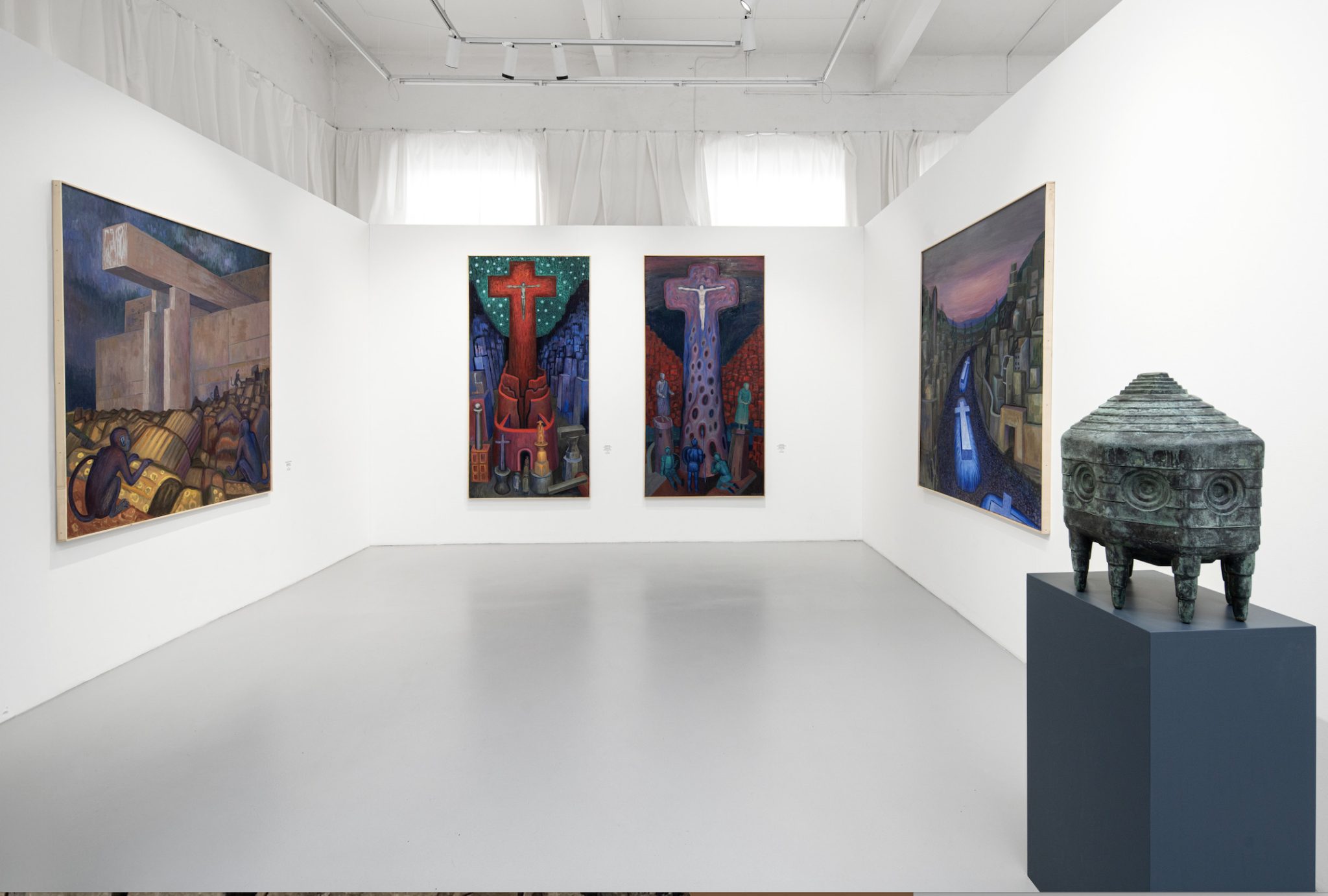
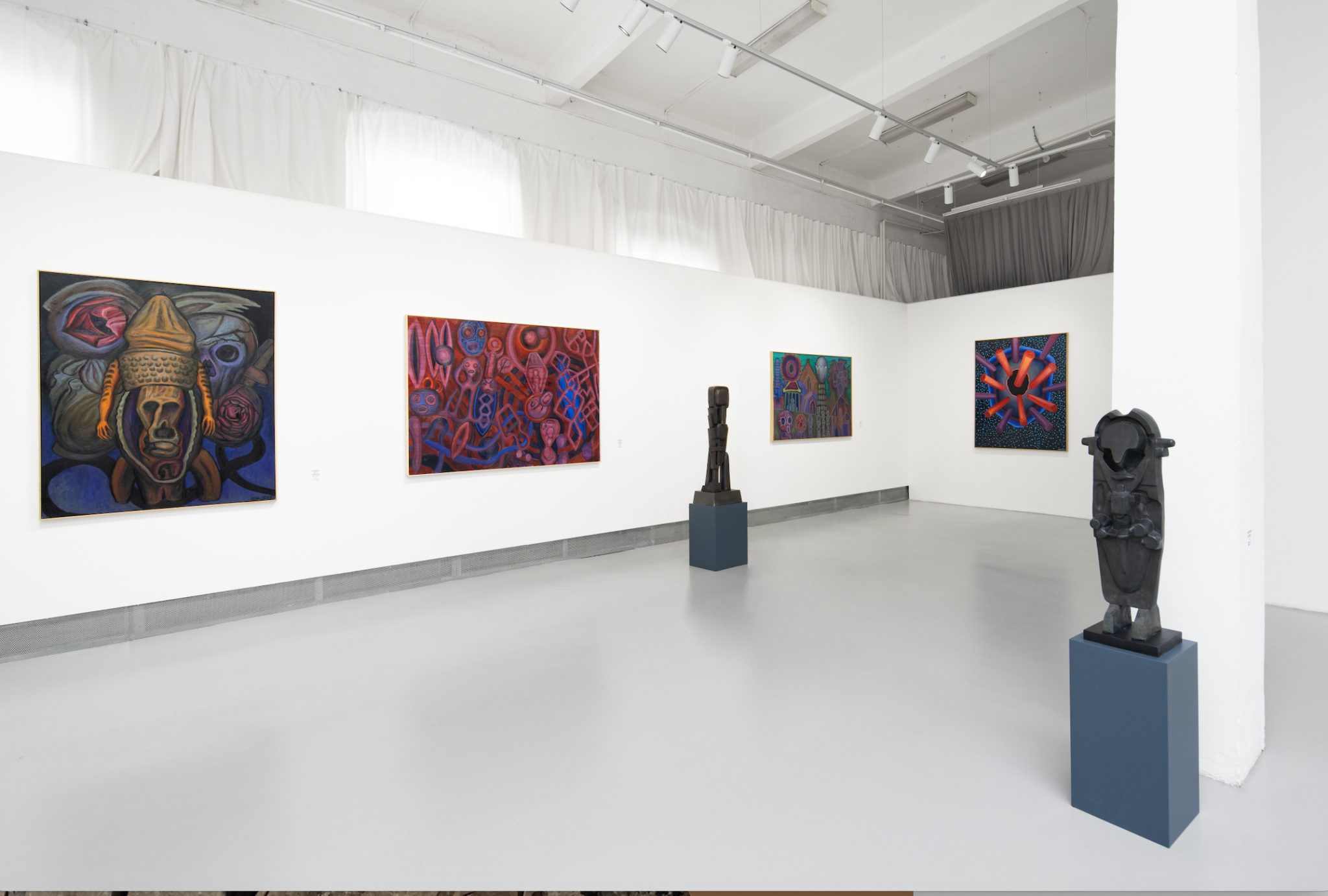
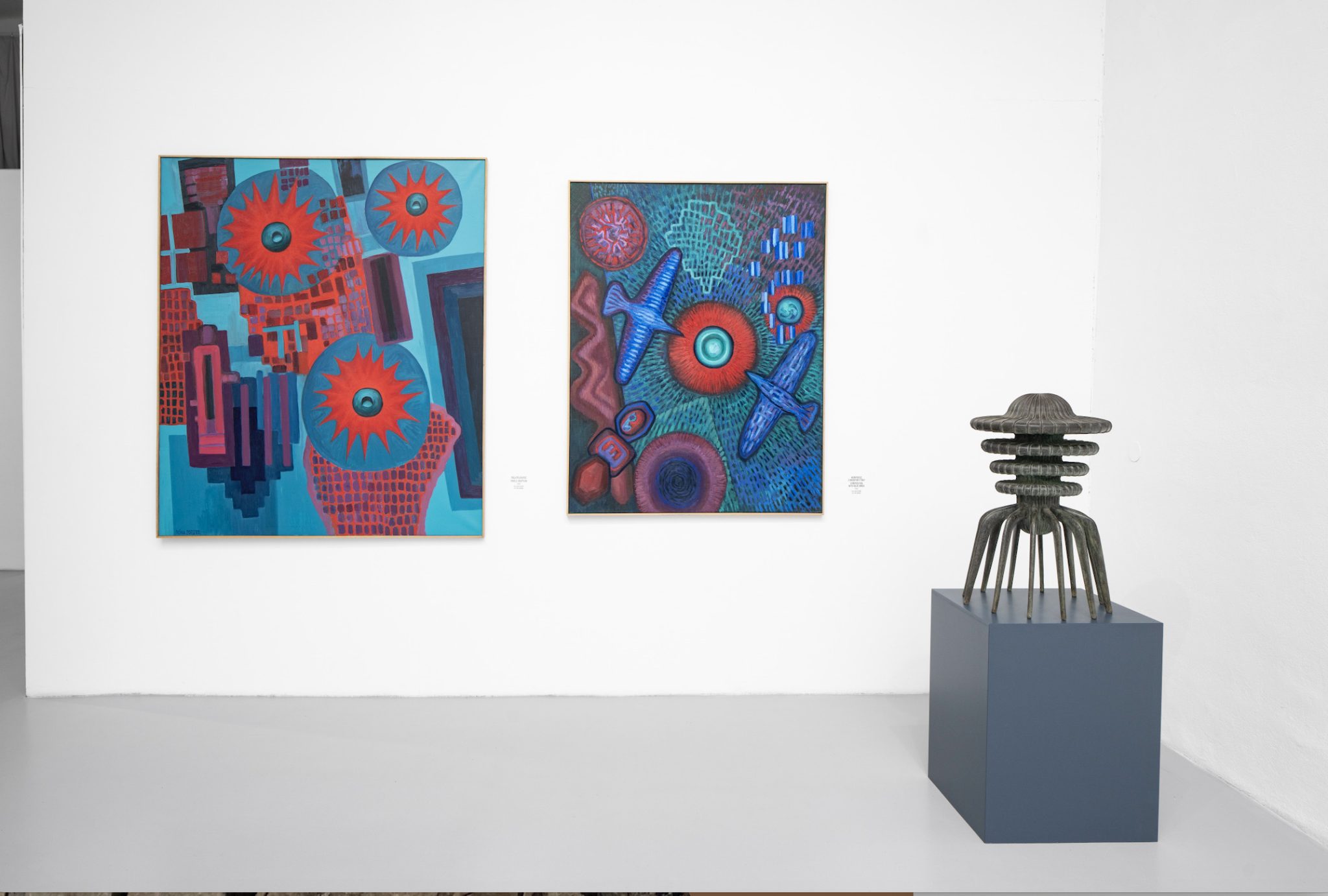
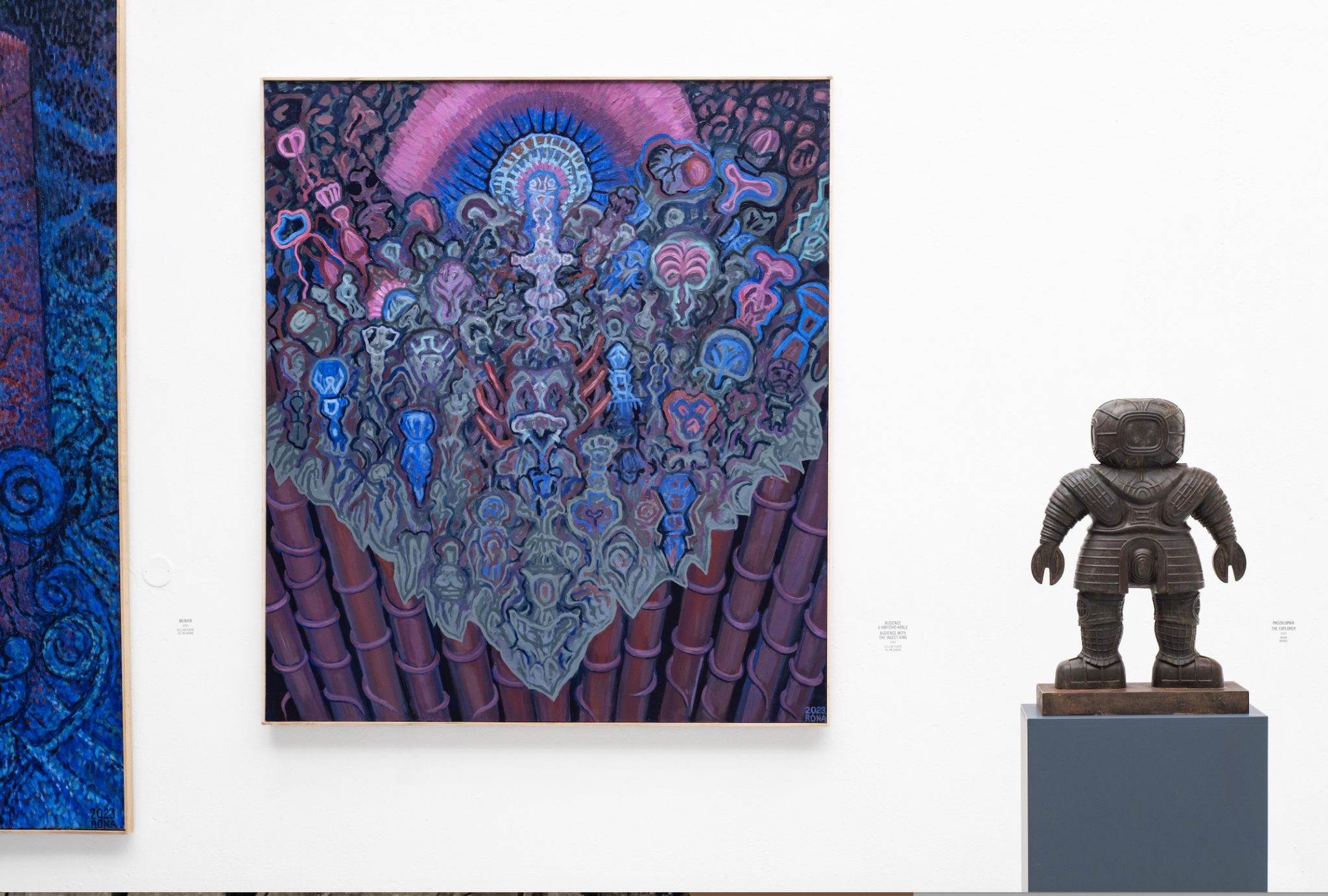
The Explorer exhibition mainly represents the current work of the painter and sculptor Jaroslav Róna, which develops the basic morphology, motifs and creative concepts of his very recognizable and characteristic artistic expression and handwriting. The title of the exhibition emphasizes the probe, the discovery and finally the unveiling of the latest creation, in which mutual internal connections, updating and re-evaluation of selected thematic units and areas are manifested. Jaroslav Róna's artistic expression reflects the history and development of visual arts, including authorities, painters and sculptors, by whom he is inspired and lets them influence him. At the same time, over the past three decades, he has gained such a sovereign expression and position in the artistic field that he analogically enters into a dialogue with his own works, follows up on topics open in the past, but perceives them from a different perspective, in a different context and depending on the given experience and current state . In the represented paintings in many variations, Róna elaborates on war conflicts and their consequences, depictions of the crucified Christ, a new concept of still life vanitas or different ideas, perspectives and values of the Western and non-European indigenous world.
Róna’s expressiveness and naturalism convey a binding message and social critique, noting the pressing condition and problems of society and appealing to the gravity and consequences of implicit danger. Seemingly incompatible antitheses are reconciled and reinforced in his work. The element of threat and urgency of the thematic and compositional construction enters into contrast with the poetics of the colour scheme. In order to achieve this, Róna uses an iconic register that calls for a suspension or direct reaction. The oldest and most richly developed theme of Christian iconography, the Crucifixion of Christ, appears in his paintings, which he sets within an impersonal landscape, in the form of a cross with two crossbars or raised plinth. Death in the form of Christ on the cross is followed by a loose treatment of the still life vanitas, by which Róna draws attention not only to the finite nature of life, the awareness of death and extinction, but also to the role and importance of values in society. The return to the ideal of man is embodied in the figure of the knight in armour as the image of the model, holding a sword in one hand as a sign of defence and struggle against enemy invasion or negative and/or undesirable influences. In Róna’s canvases, loyalty and devotion are pledged by knights who follow a code of chivalric nobility. Róna recalls the loss of a common perspective and Judeo-Christian faith and tradition. Wars, cultural and religion differences, the fragmentation and conflict of interests contribute to the erosion of the Western cultural circle. The anchorage, heritage and knowledge of the lives of our ancestors was found in original values, traditions and customs.
In his recent paintings, Róna recalls the authentic material and spiritual manifestations of members of non-European indigenous ethnic groups. He is motivated by disillusionment with Western civilisation and the familiar world, which is replaced by a vision of landscape and city. The turn towards myths, the fantasy and magical world is a response to fear, suffering, hopelessness, uncertainty and lack of freedom. It is not a landscape we are used to. It is a space filled with unpredictable forms, crystalline structures, intersecting surfaces, and solitary objects acting as separate sculptures and figures, machines and buildings. The form of the city is a world beyond the frontier, an expression of a return to the core of humanity, a descent in time – to the beginning, and a restoration of the order of home, the familiar order of the world.
